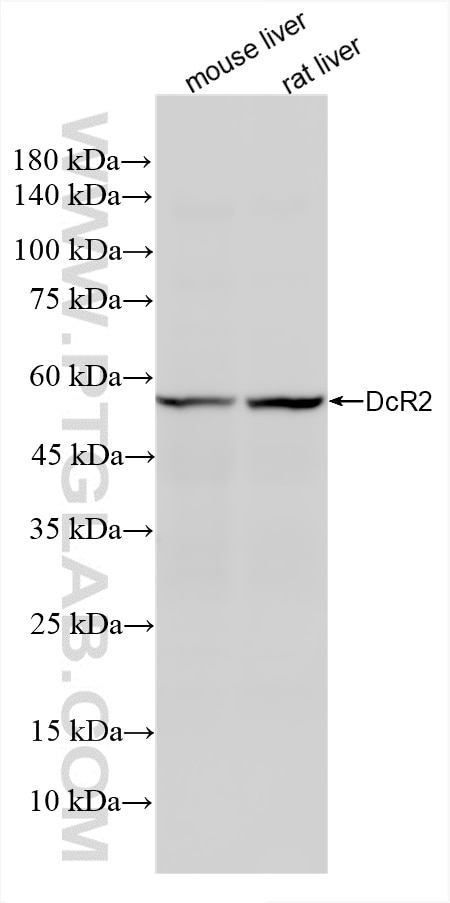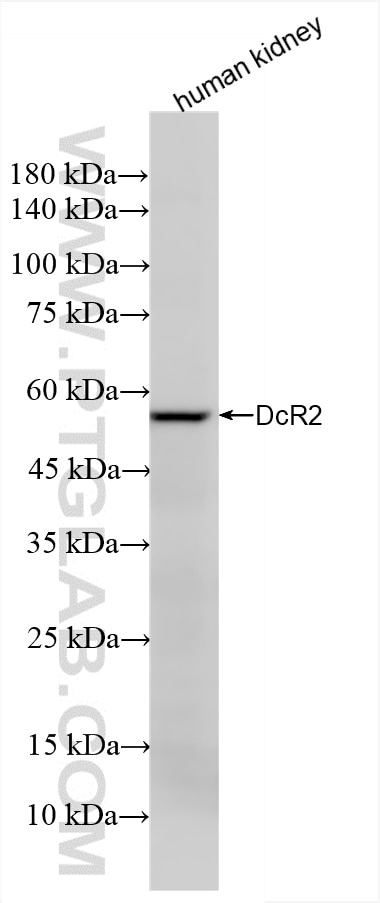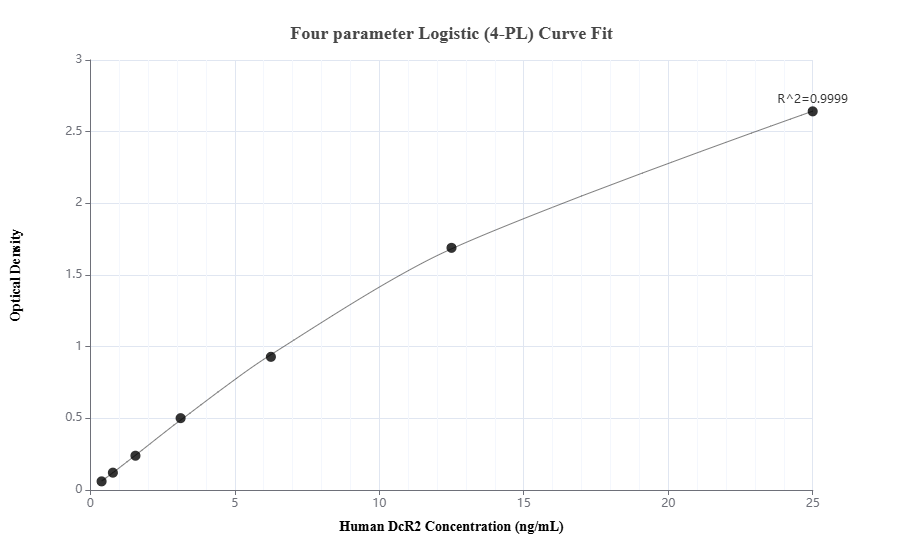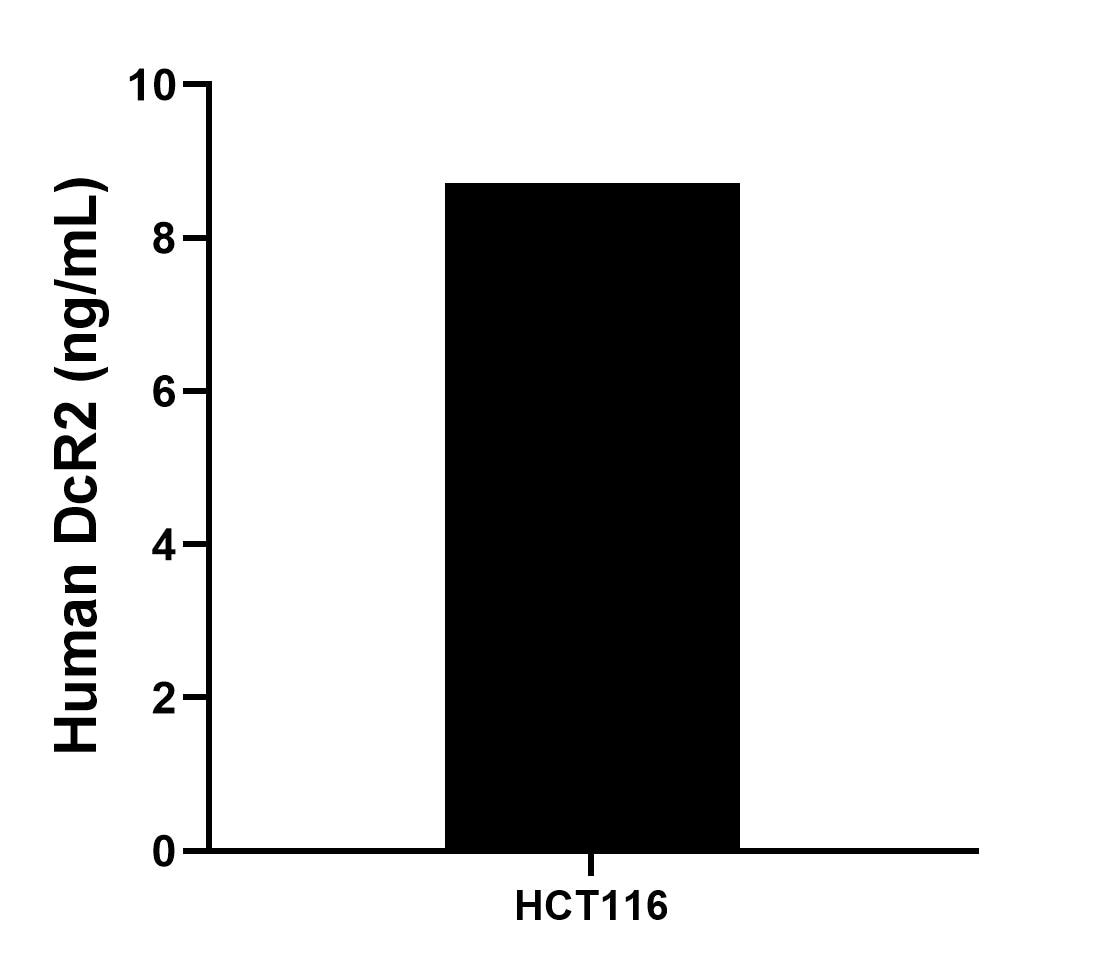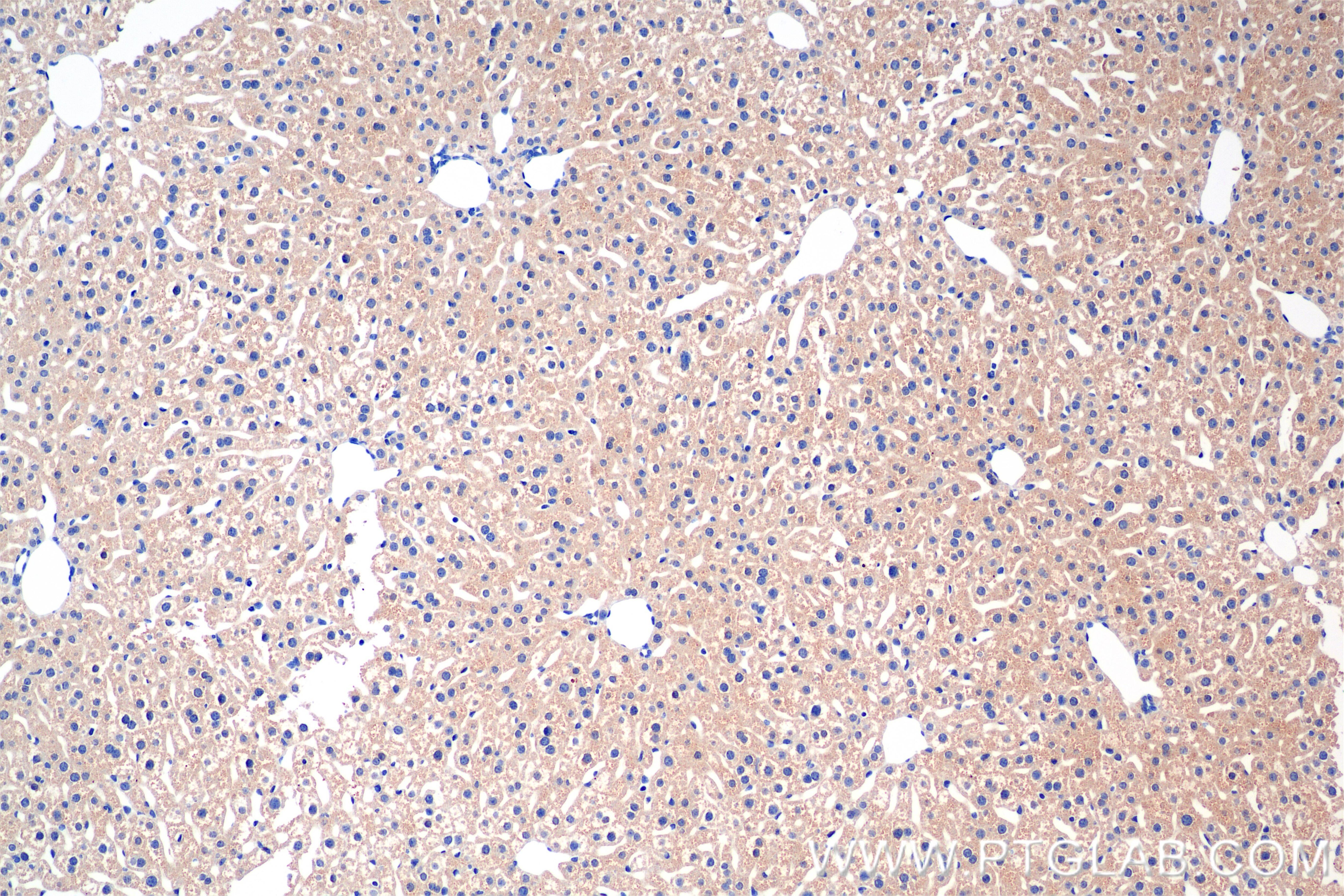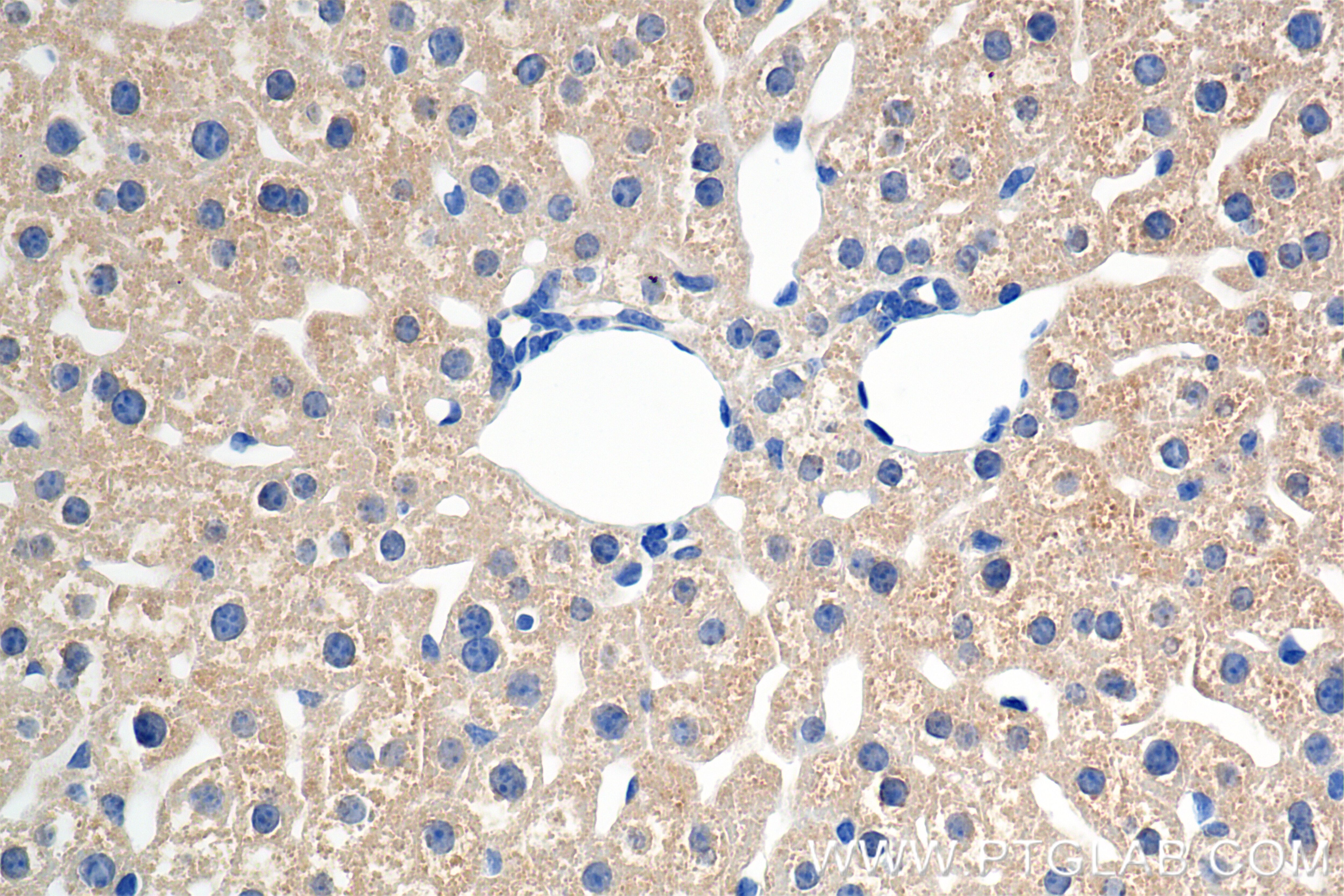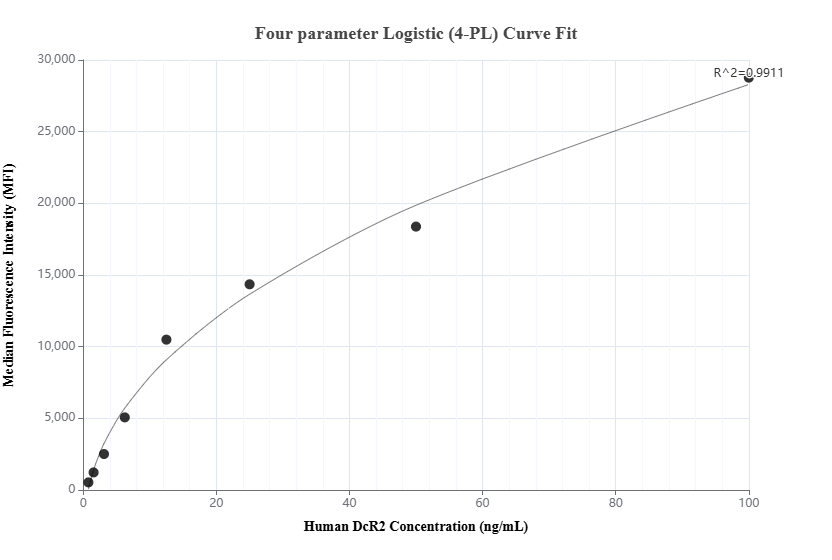Validation Data Gallery
Tested Applications
Recommended dilution
| Application | Dilution |
|---|---|
| It is recommended that this reagent should be titrated in each testing system to obtain optimal results. | |
Product Information
85425-2-PBS targets DcR2 as part of a matched antibody pair:
MP01996-1: 85425-1-PBS capture and 85425-2-PBS detection (validated in Cytometric bead array, Sandwich ELISA)
Unconjugated rabbit recombinant monoclonal antibody in PBS only (BSA and azide free) storage buffer at a concentration of 1 mg/mL, ready for conjugation. Created using Proteintech’s proprietary in-house recombinant technology. Recombinant production enables unrivalled batch-to-batch consistency, easy scale-up, and future security of supply.
This conjugation ready format makes antibodies ideal for use in many applications including: ELISAs, multiplex assays requiring matched pairs, mass cytometry, and multiplex imaging applications.Antibody use should be optimized by the end user for each application and assay.
| Tested Reactivity | human, mouse, rat |
| Host / Isotype | Rabbit / IgG |
| Class | Recombinant |
| Type | Antibody |
| Immunogen |
CatNo: Eg3487 Product name: Recombinant Human DcR2 protein (rFc Tag) Source: mammalian cells-derived, pHZ-KIsec-C-rFc Tag: C-rFc Domain: 56-211 aa of NM_003840.5 Sequence: ATIPRQDEVPQQTVAPQQQRRSLKEEECPAGSHRSEYTGACNPCTEGVDYTIASNNLPSCLLCTVCKSGQTNKSSCTTTRDTVCQCEKGSFQDKNSPEMCRTCRTGCPRGMVKVSNCTPRSDIKCKNESAASSTGKTPAAEETVTTILGMLASPYH 相同性解析による交差性が予測される生物種 |
| Full Name | tumor necrosis factor receptor superfamily, member 10d, decoy with truncated death domain |
| Calculated molecular weight | 42 kDa |
| Observed molecular weight | 50-55 kDa |
| GenBank accession number | NM_003840.5 |
| Gene Symbol | DcR2 |
| Gene ID (NCBI) | 8793 |
| Conjugate | Unconjugated |
| Form | |
| Form | Liquid |
| Purification Method | Protein A purification |
| UNIPROT ID | Q9UBN6 |
| Storage Buffer | PBS only{{ptg:BufferTemp}}7.3 |
| Storage Conditions | Store at -80°C. |
Background Information
Decoy receptor 2 (DcR2) is a member of the tumor necrosis factor receptor (TNFR) superfamily. It functions as a decoy receptor for TNF-related apoptosis-inducing ligand (TRAIL), thereby inhibiting TRAIL-mediated apoptosis (PMID: 15538968; 9537512). It has been considered a tentative marker of cellular senescence (PMID: 16079833; 22751116). Additionally, DCR2 has been implicated in the regulation of renal fibrosis and cell senescence, contributing to the pathogenesis of diabetic nephropathy (PMID: 35661704).

